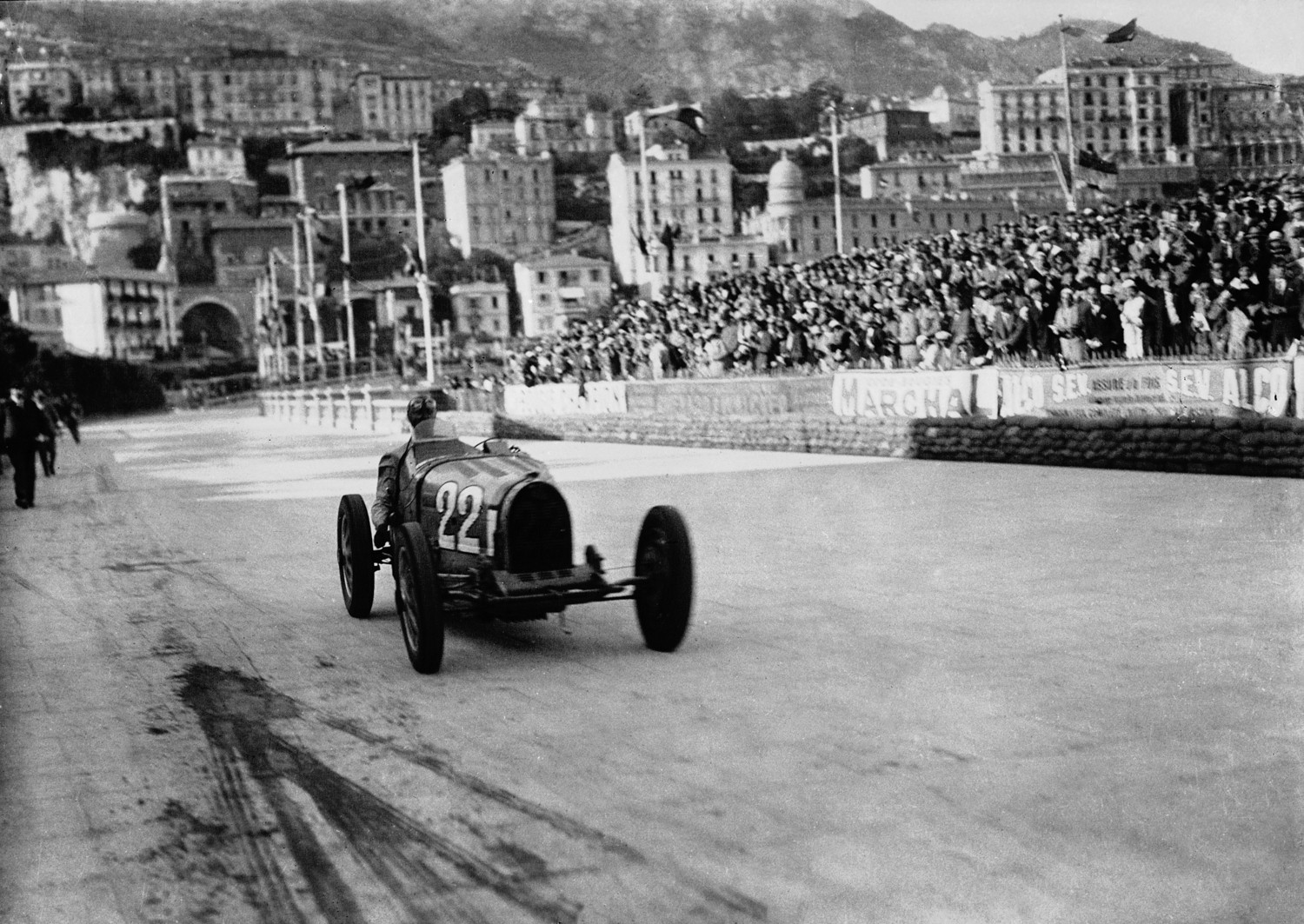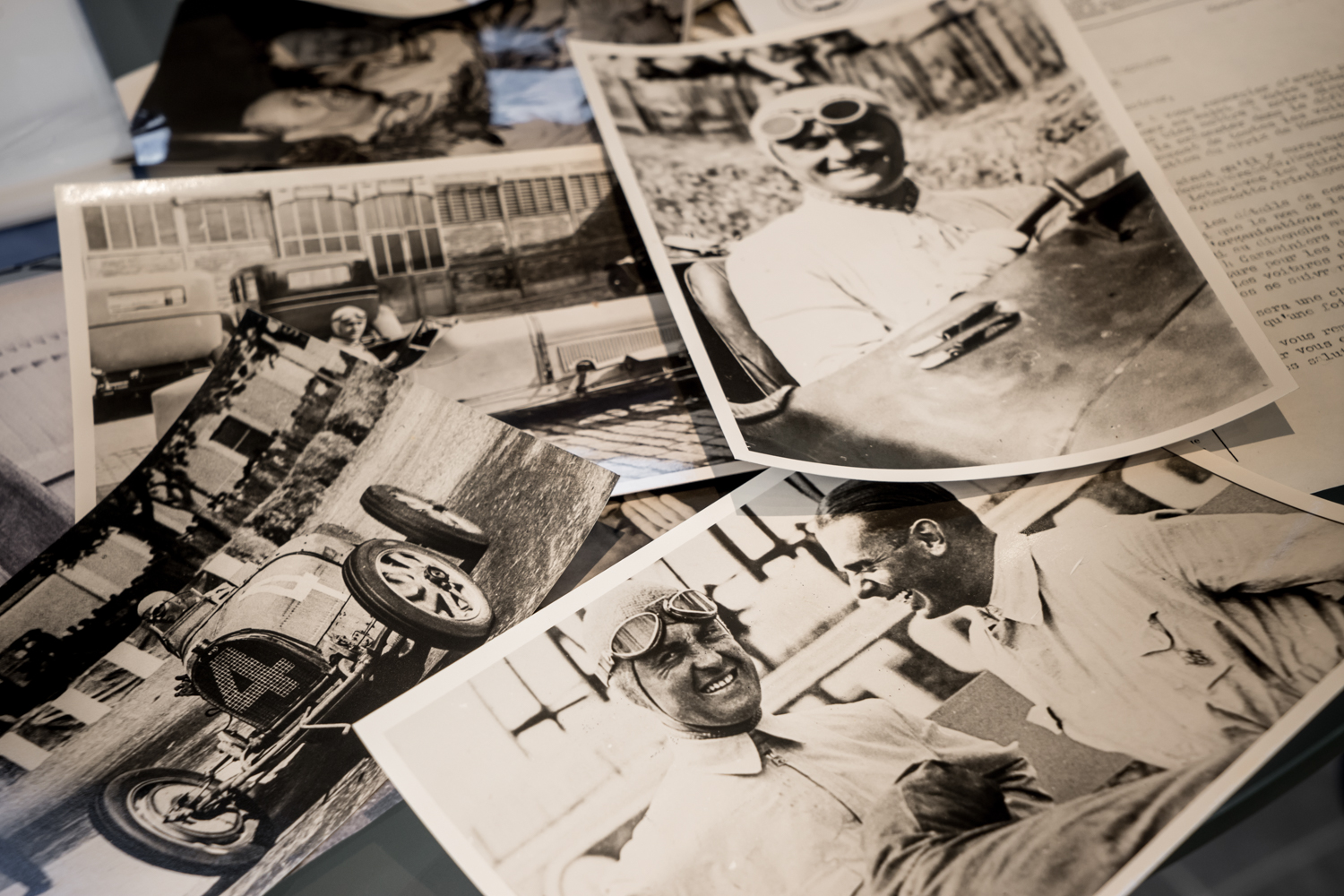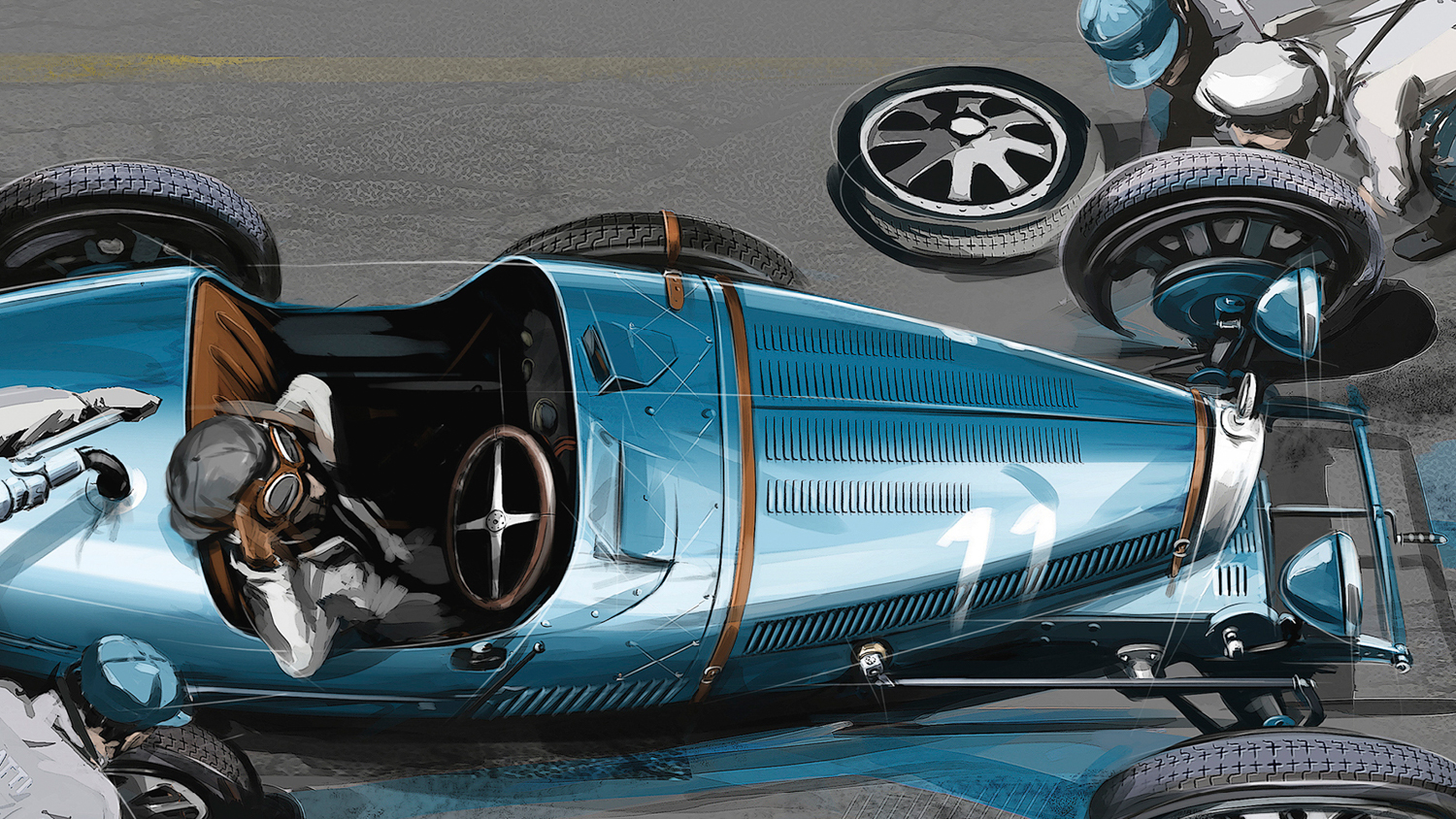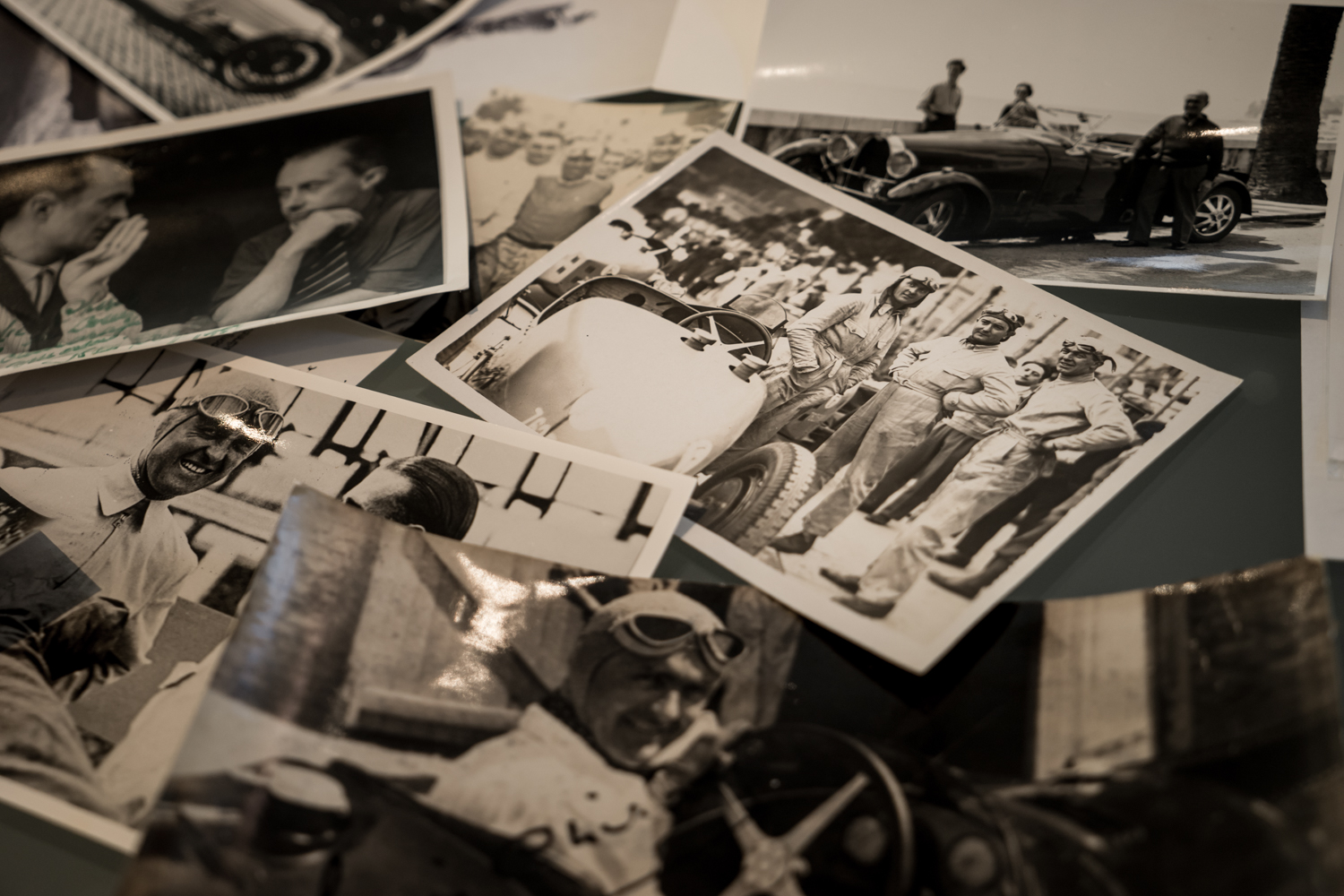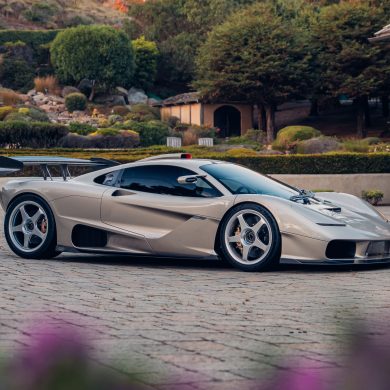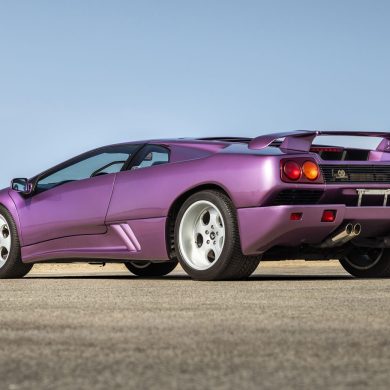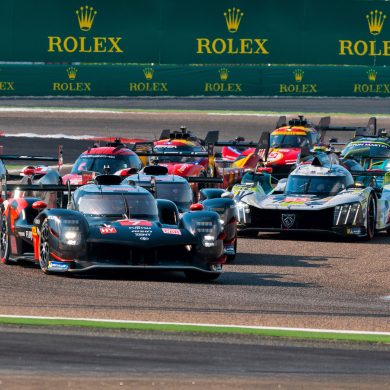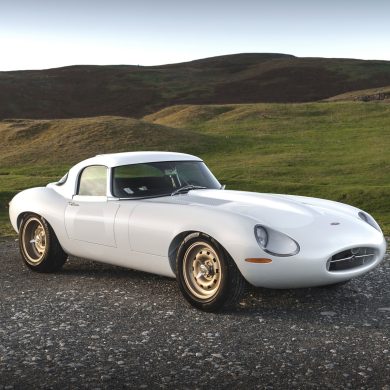Tight bends, steep slopes and narrow street canyons. No race in the Grand Prix circus arouses as much passion among drivers and motorsport fans as the Monaco Grand Prix. Since 1929, racing drivers have been speeding through the tight streets of this approximately 3.3-kilometer-long circuit and steering their cars through even tighter bends – without the safety of run-off zones or gravel traps. A formidable challenge for drivers and their racecars.
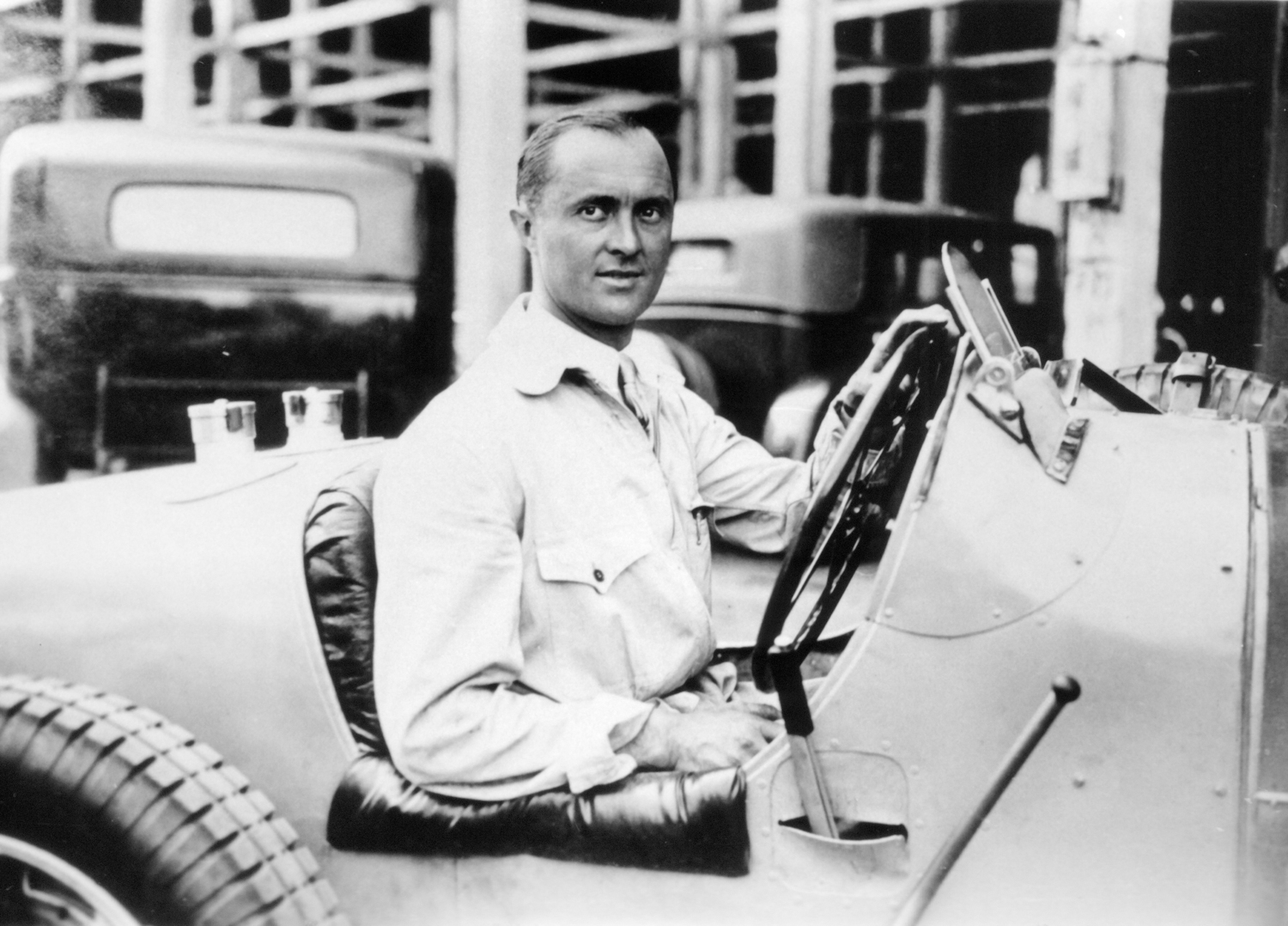
Bugatti took up this challenge more than 90 years ago – and won. The first driver to cross the finish line at the first-ever Monaco Grand Prix was William Charles Frederick Grover-Williams in a Bugatti Type 35 B. This victory marked the beginning of a new era. However, another racing driver took part who would also go on to write history—90 years ago, on April 19, 1931, Louis Chiron won the third Monaco Grand Prix in a Bugatti Type 51, becoming the first Monégasque to win a Grand Prix in his home city.
The classic circuit was already regarded back then as a major challenge for racing drivers, and a victory in Monaco an exceptional achievement. This is because, strictly speaking, the race does not take place on a racetrack, but on public roads. The circuit is a dramatic roller coaster ride and ranks as one of the most demanding racing circuits ever. In 1931, lots were drawn to determine the starting grid. Twenty-eight racing drivers entered, and 24 started, 16 of whom drove Bugatti vehicles, with four of those being works drivers. Louis Chiron initially remained among the leading cars in the midfield before steadily fighting his way to the front. After 20 laps, he and Bugatti works driver Achille Varzi occupied the leading positions, followed closely by competitors in Maserati vehicles. After 100 laps with a length of 3.18 kilometers, only nine vehicles reached the finish line. Chiron was the first to cross the finish line after 3 hours and 39 minutes.
Louis Chiron: an outstanding talent
It was the culmination of what had been a unique career up to that point. Alexandre Louis Chiron was born on August 3, 1899 in Monte Carlo, and had a passion for engines and motorsport from an early age. He learned to drive at the age of 15. He competed in his first races as a private Bugatti driver in 1925, and by 1927 and 1928 he had already celebrated his first successes in smaller races and hill climbs. Chiron thus emerged as a new star with his Bugatti Type 35 C and successor Type 51. Chiron raced from victory to victory, winning the Rome Grand Prix, Marne Grand Prix, San Sebastián Grand Prix, and European Grand Prix at Monza in 1928, before ultimately winning the Monaco Grand Prix in 1931 – his greatest success.
“At that time, Louis Chiron was regarded as the best racing driver in the world and was at the height of his career,” explains Luigi Galli, Specialist for Heritage & Certification at Bugatti. “1931 was a special year for him and for Bugatti. Not only was it a year that brought multiple racing victories for the marque, it was also the year in which the legendary Type 51 emerged.”

Technological masterpiece
As a further development of the Type 35 B, the Type 51 used a 2.3-liter ,inline, eight-cylinder engine with an output of up to 190 PS. This power delivery was achieved, among other things, by a new engine block and a cylinder head with twin camshafts driven by spur gears for fast gas exchange. The five-bearing crankshaft featured modified ball and roller bearings. A Roots-type supercharger delivered more air to the combustion chambers up to high engine speeds. This approximately 850-kilogram race car reached speeds of almost 230 km/h. The lightweight, agile and powerful race cars were in their element on the city circuit. The Type 51 featured two fuel filler ports at the rear, which ensured quick refueling, while talented drivers like Louis Chiron ensured fast driving.
Exceptional circuit in Monaco
Even back then, the race in Monaco already had a special significance in motorsport. It all started on a very small scale: in the mid-1920s, the then General Commissioner of the Automobile Club de Monaco, Antony Noghès, came up with the idea of organizing a race through the center of the city. He began to make plans and reflect on his idea, spending years trying to persuade the relevant decision-makers. Louis Chiron was immediately enthusiastic about the idea and played a major role in organizing the first-ever Monaco Grand Prix. Today, the Monaco Grand Prix with its city circuit is regarded as the highlight of every Formula One season – and is among the most famous auto races in the world alongside the Indianapolis 500 and 24 Hours of Le Mans. The circuit was first featured on the Formula One calendar in 1950, and the race has been an annual fixture in the top tier of motorsport since 1955. The current race distance is 260.52 kilometers and the racing drivers complete 78 laps.
Until 2018, Louis Chiron remained the only Monégasque ever to score points in a Formula One race. He is also still the oldest Grand Prix participant ever to have taken part in a Formula One World Championship race. He competed in his last Grand Prix race in 1955 at the age of 55 years and 288 days – naturally on his home circuit, the Monaco Grand Prix circuit.


